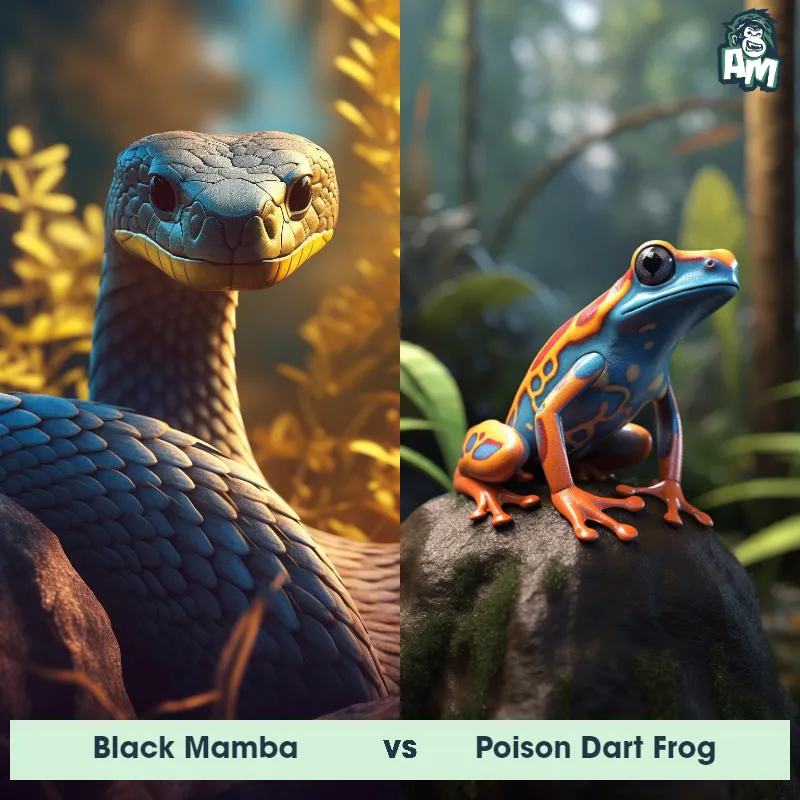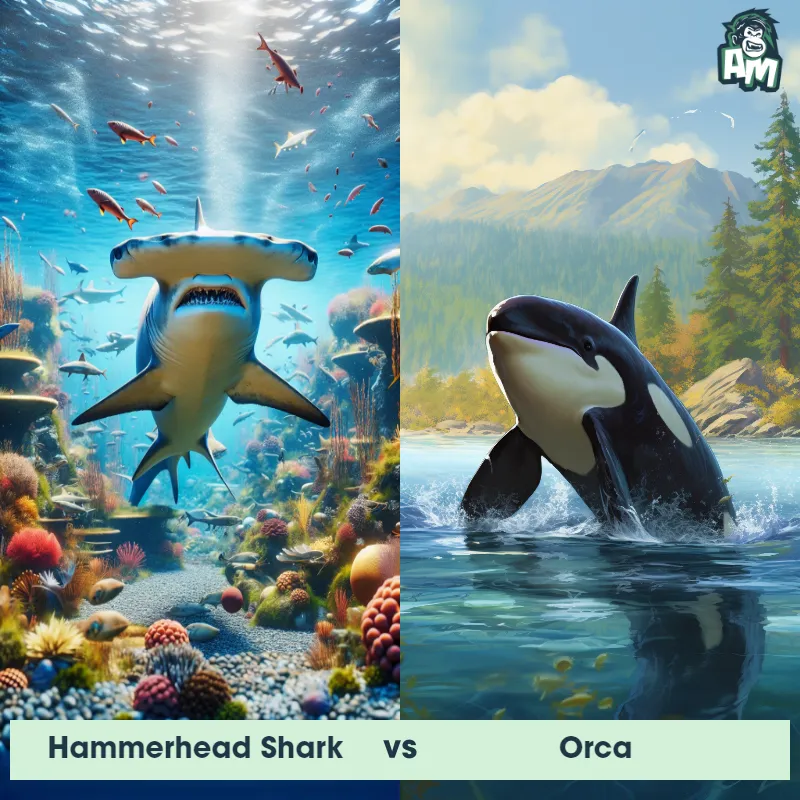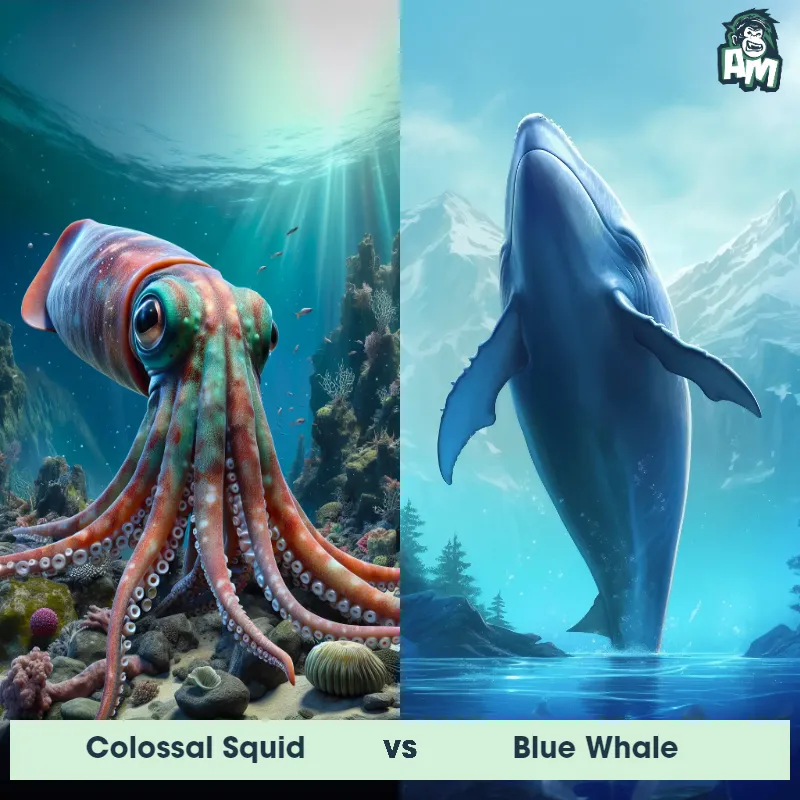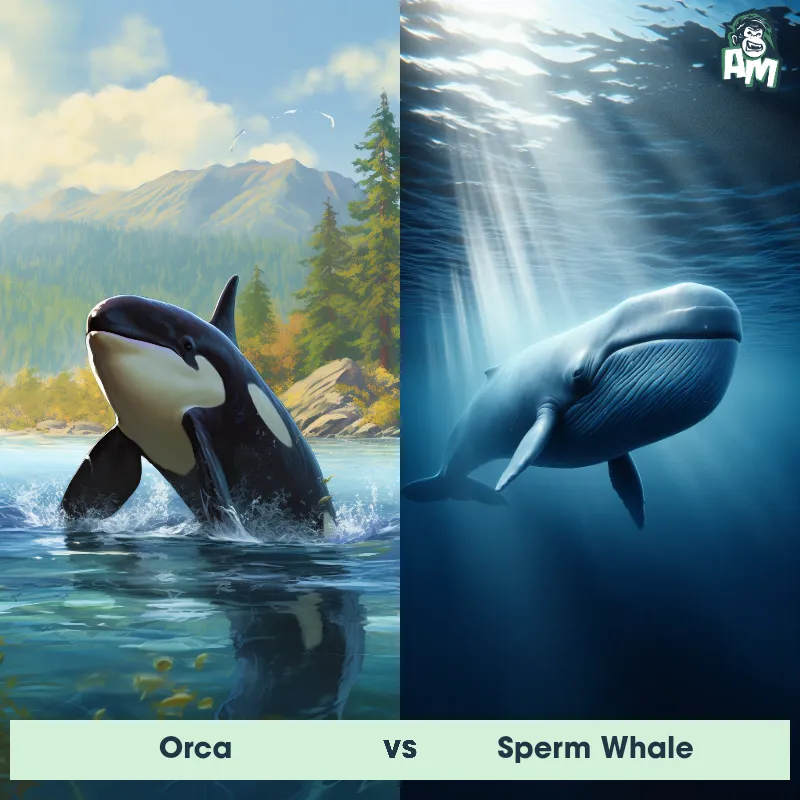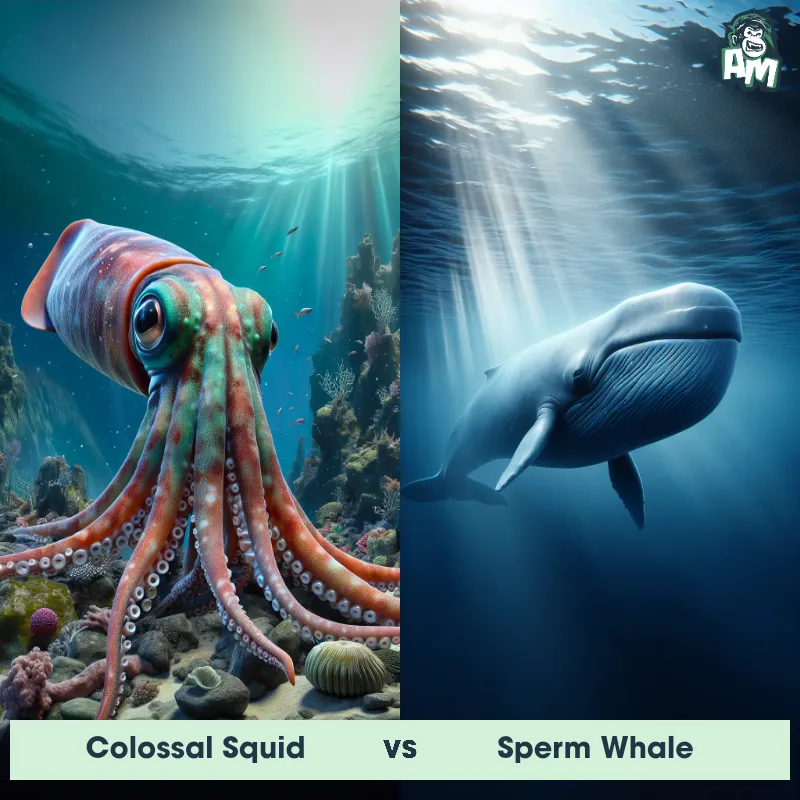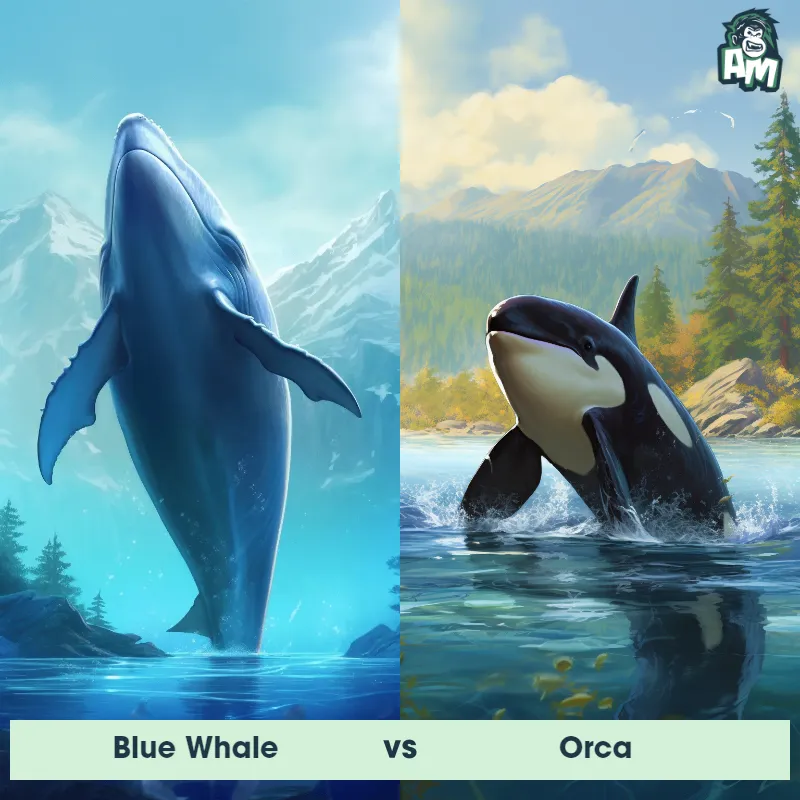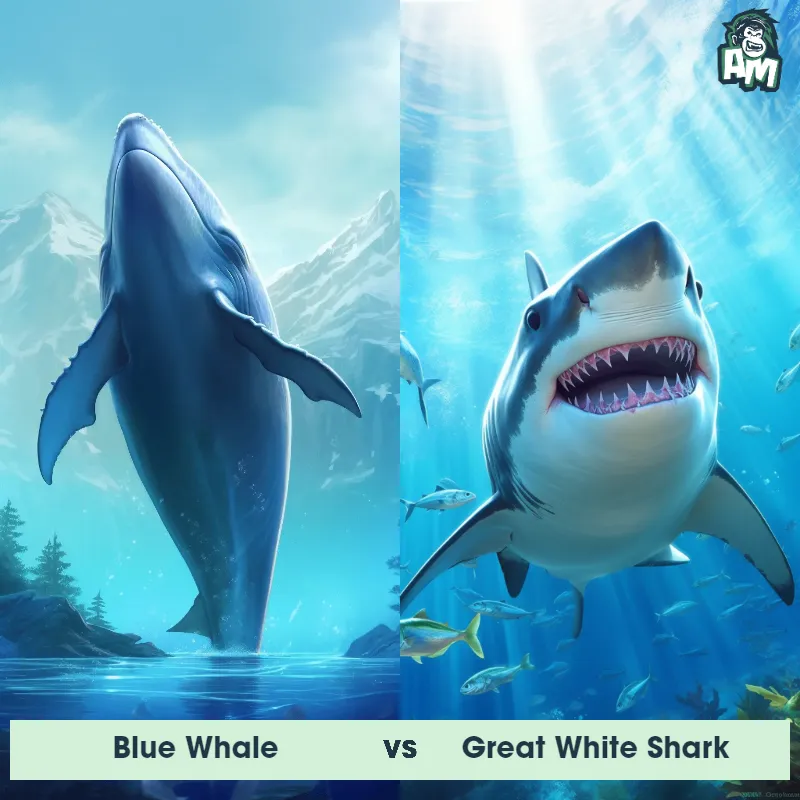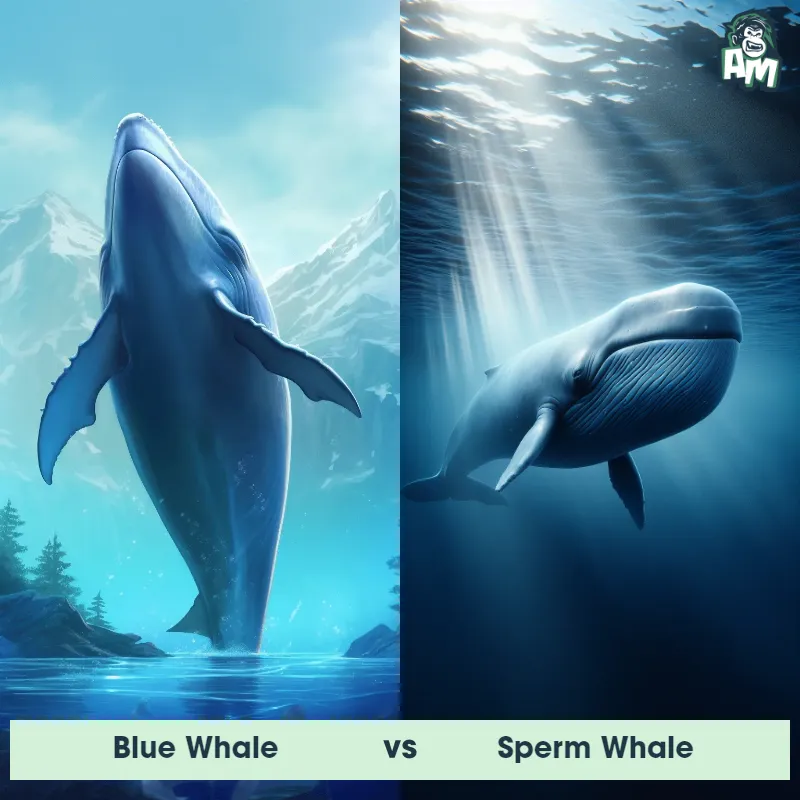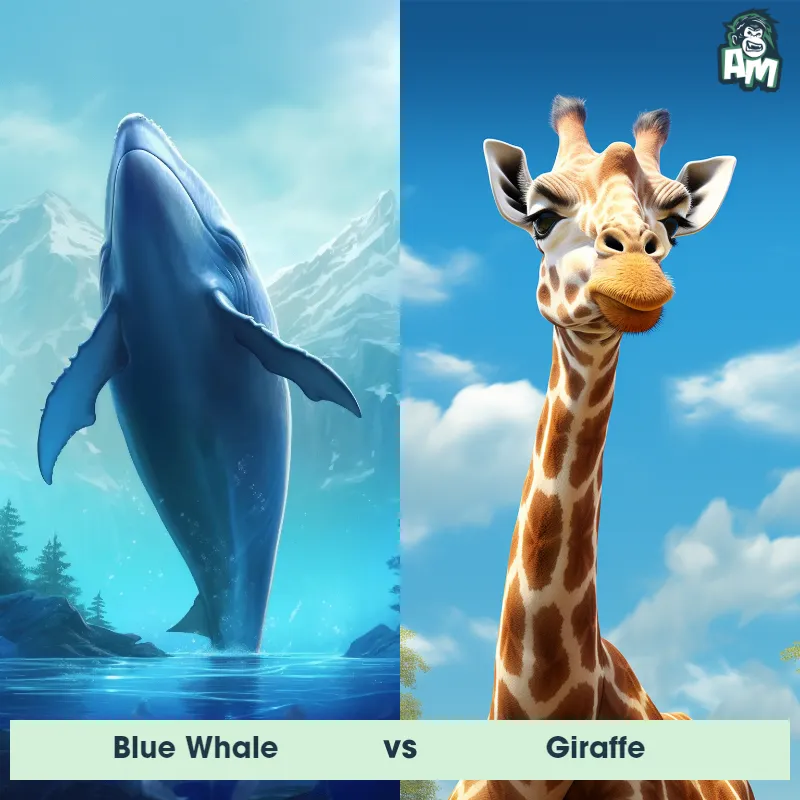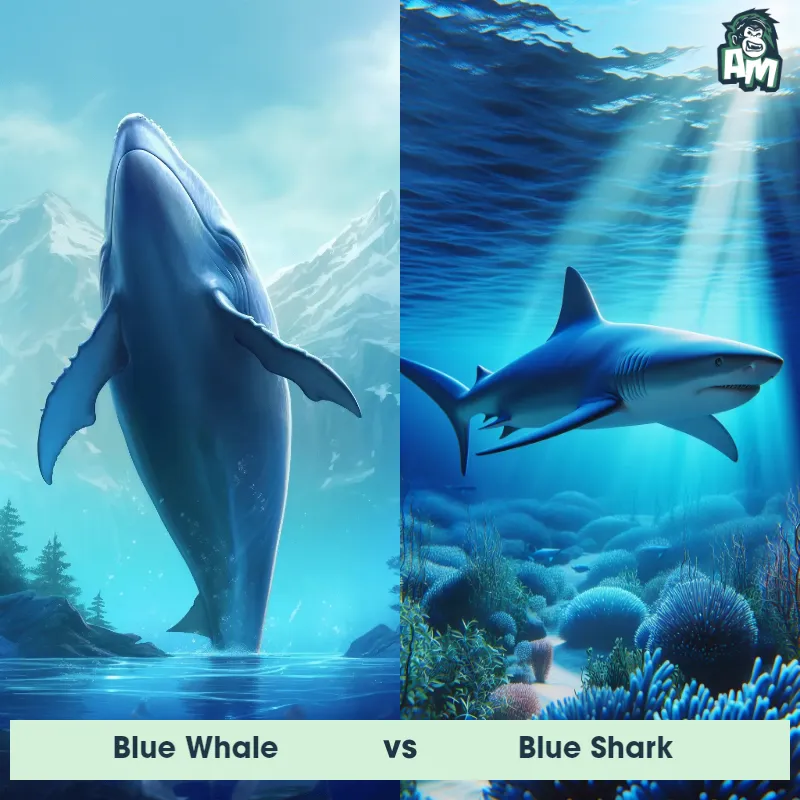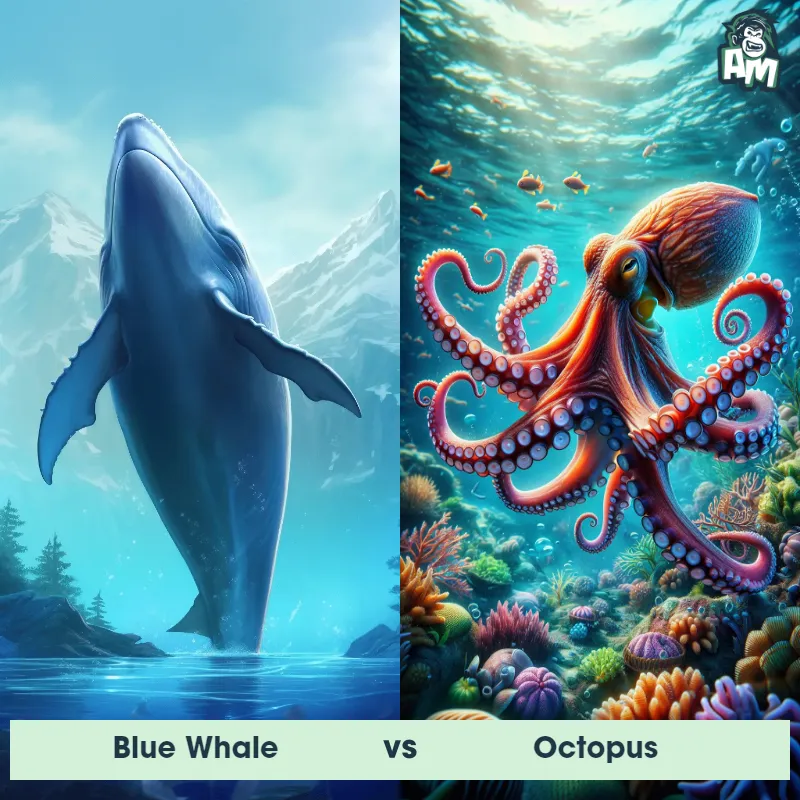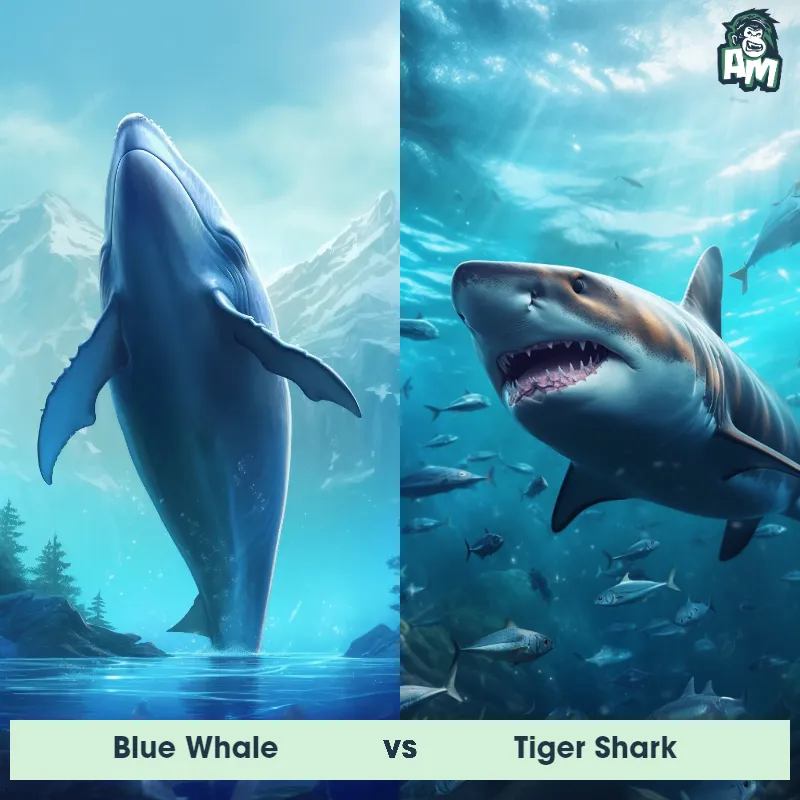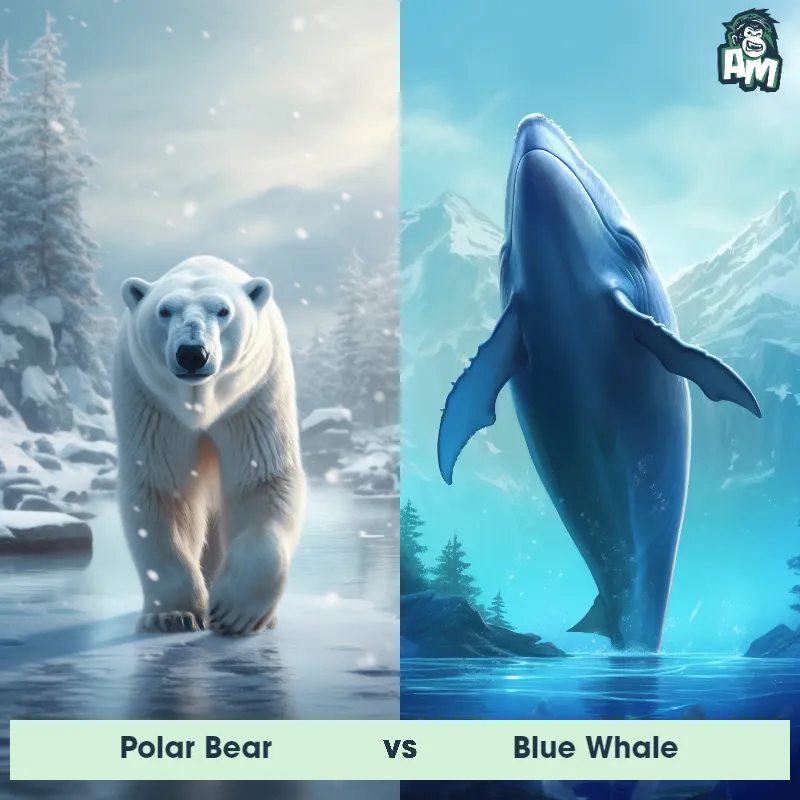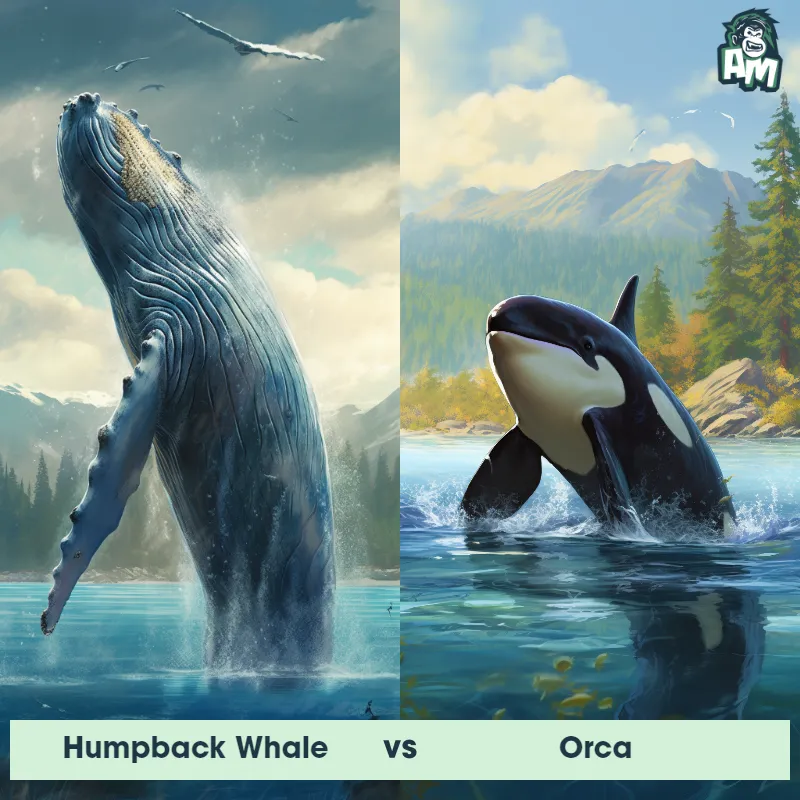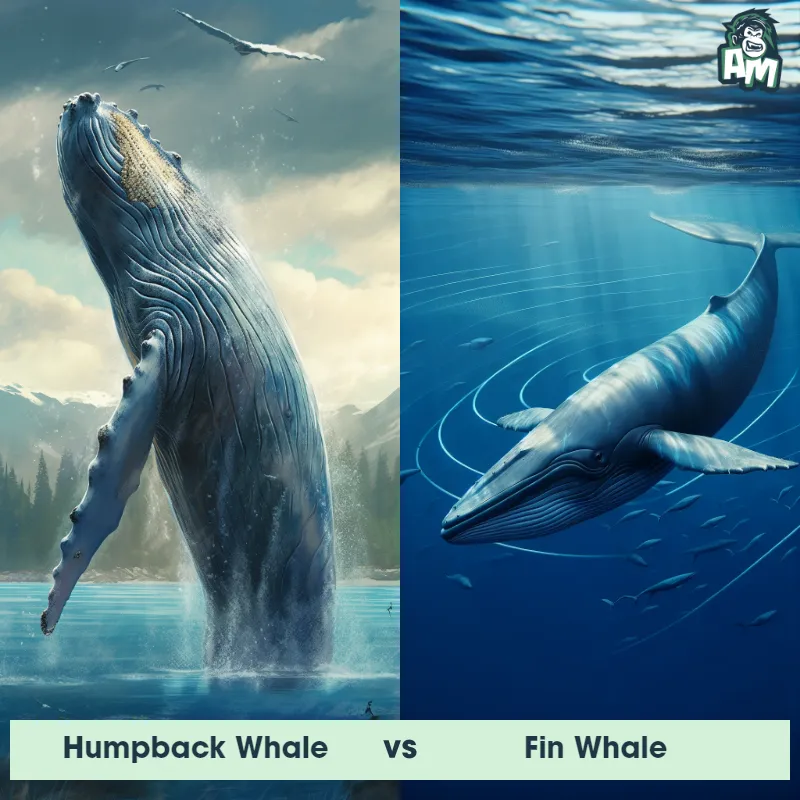Humpback Whale vs Sperm WhaleSee Who Wins

Ladies and gentlemen, welcome to this extraordinary matchup between two colossal marine titans. In the blue corner, weighing in at a mind-boggling 25 to 30 metric tons, we have the awe-inspiring Humpback Whale. And in the red corner, an absolute behemoth, the Sperm Whale, tipping the scales at an astonishing 45 to 65 metric tons. Get ready for an intense aquatic battle like no other!
Contender 1: Humpback Whale
The Humpback Whale, also known as Megaptera novaeangliae, is a large marine mammal that can grow up to 50 feet long and weigh up to 40 tons. They are known for their distinctive hump on their back and long pectoral fins that can reach up to one-third of their body length. Humpback Whales are known for their acrobatic displays, including breaching and tail slapping, and their complex songs that can last up to 20 minutes.
Fun Fact: Humpback Whales are known for their unique feeding technique called bubble net feeding, where a group of whales will blow bubbles in a circular pattern around a school of fish, trapping them in a concentrated area for easier feeding.
Contender 2: Sperm Whale
The Sperm Whale, scientifically known as Physeter macrocephalus, is the largest toothed predator in the world and can grow up to 60 feet long, making it one of the largest species of toothed whales. This magnificent creature has a distinct stocky body with a large, box-like head that can make up a third of its total length. They have a dark grayish-brown skin, wrinkled appearance, and a hump-shaped dorsal fin. Sperm Whales possess the largest brain of any creature on Earth and are known for their unique ability to dive to incredible depths, reaching up to 3,000 meters below the surface. They feed primarily on deep-sea cephalopods like giant squid and possess a row of conical teeth on their lower jaw.
Fun Fact: Sperm Whales produce the loudest sound in the animal kingdom. The clicking sounds they emit for echolocation purposes can reach a volume of around 230 decibels, which is equivalent to a jet engine at full throttle.
Matchup Stats
| Humpback Whale | Sperm Whale | |
|---|---|---|
| Size | Up to 50 feet (15.2 meters) | Up to 60 feet (18 meters) long |
| Weight | Up to 40 tons (36 metric tons) | Up to 50 tons (45,359 kilograms) |
| Speed | Speed: 3-9 mph (4.8-14.5 km/hr) | 23 mph (37 km/h) |
| Key Strength | Powerful tail for swimming and breaching | Strong and powerful tail for swimming and propelling through water |
| Biggest Weakness | Vulnerable to hunting and entanglement in fishing gear | Vulnerable to attacks on the surface due to slow speed |
Current Votes
Humpback Whale vs Sperm Whale
See Who Wins
View More Matches
Looking For More?
Similar Matches
Scientific Stats
| Humpback Whale | Sperm Whale | |
|---|---|---|
| Scientific Name | Megaptera novaeangliae | Physeter macrocephalus |
| Family | Balaenopteridae | Physeteridae |
| Habitat | Oceans | Deep ocean waters |
| Geography | Worldwide | Found in oceans worldwide, but mostly in tropical and temperate regions |
| Diet | Krill, small fish, and plankton | Mainly deep-sea cephalopods like giant squid |
| Lifespan | 45 years - 100 years | 70 years - 90 years |
Key Differences between Humpback Whale and Sperm Whale
- Body shape: The Humpback whale has a stocky and robust body with long pectoral fins, a dorsal fin on its back, and a distinct knobby head, while the Sperm whale has a more streamlined body with a large rectangular-shaped head and a prominent blowhole to the left.
- Blowholes: Humpback whales have two blowholes located on the top of their heads, producing a distinctive V-shaped blow when exhaling, while Sperm whales have a single, large blowhole positioned more forward on their head, resulting in a single bushy blow.
- Coloration: Humpback whales have a black or dark gray upper body and a white or mottled underside, with unique patterns on their flukes (tails) that serve as identification markers. Sperm whales have a dark gray or dark brown body that may appear wrinkled with time, but no distinct color patterns.
- Size: Humpback whales are typically smaller, measuring 40-50 feet in length and weighing around 40 tons, while Sperm whales can grow much larger, reaching lengths of 50-60 feet and weighing up to 60 tons.
- Flukes and flippers: Humpback whales have long and broad flukes with scalloped edges and pointed tips, as well as long pectoral fins which can span up to one-third of their body length. Sperm whales possess triangular-shaped flukes and much smaller rounded flippers.
- Behavior: Humpback whales are known for their acrobatic breaching, tail slapping, and complex songs during mating season, whereas Sperm whales are more often seen swimming slowly at the surface or diving deep into the ocean in search of food, using echolocation to locate their prey.



